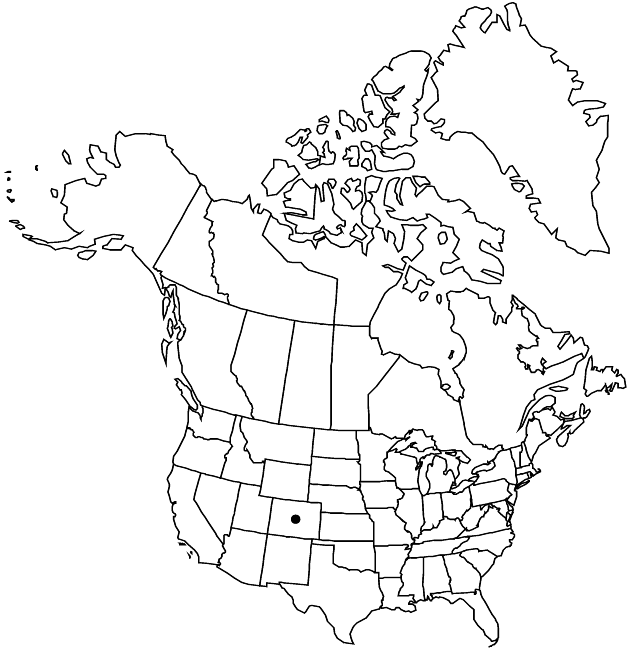Lygodesmia grandiflora var. doloresensis
Rhodora 95: 399. 1993.
Plants (solitary) 15–30 cm. Stems erect, much branched proximally, weakly striate proximally. Leaves: proximal blades linear-filiform, 30–140 × 1–3 mm; distal similar. Heads 2–5, borne singly. Involucres subcylindric, 18–20 × 4–5 mm, apices narrow. Phyllaries 5. Florets 5; corollas lavender, rose, or white. Cypselae 18 mm, abaxial faces smooth, adaxial weakly rugose bisulcate with ridge separating sulci. 2n = 18.
Phenology: Flowering Jun.
Habitat: Alluvial soil in Juniper grassland
Elevation: 1300–1500 m
Discussion
Of conservation concern.
Variety doloresensis is distinguished by its much-branched stems, almost filiform leaves, and smooth cypselae. It is known only from the Dolores River valley and is similar to var. dianthopsis, which is distinguished by being less branched and by having broader leaves.
Variety doloresensis is in the Center for Plant Conservation’s National Collection of Endangered Plants.
Selected References
None.
